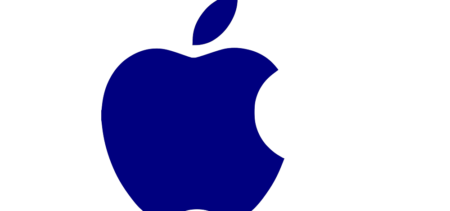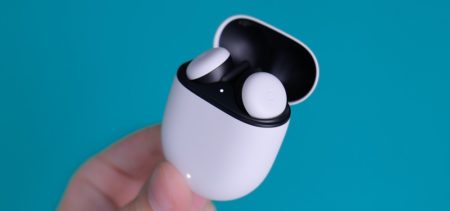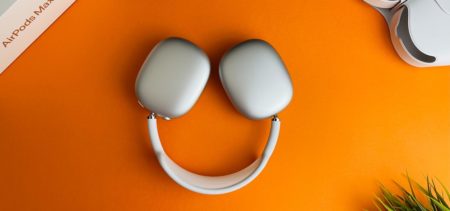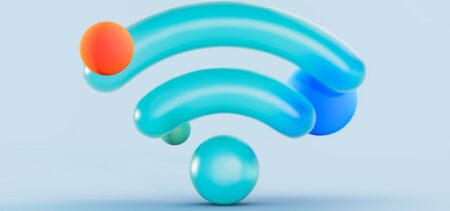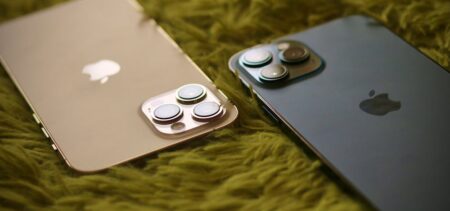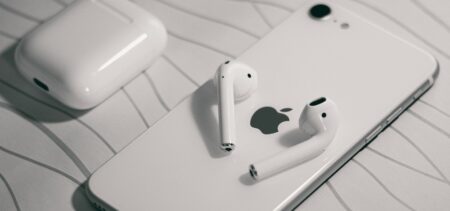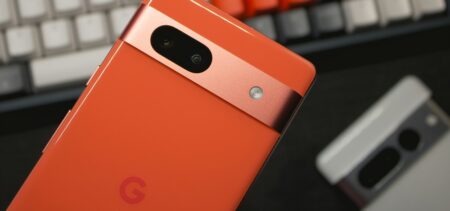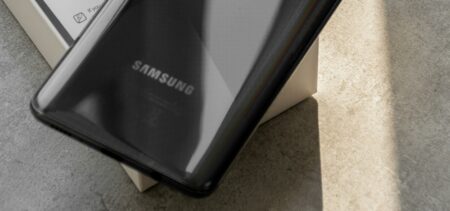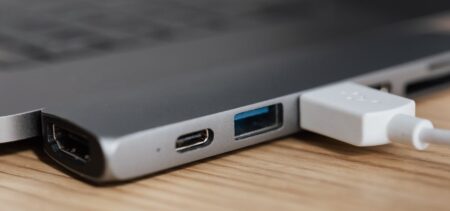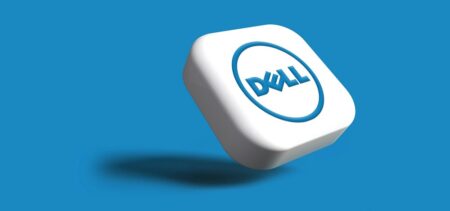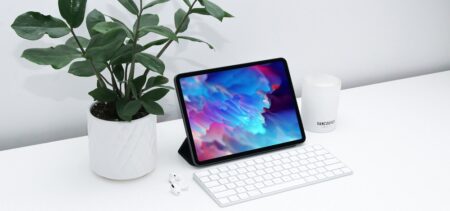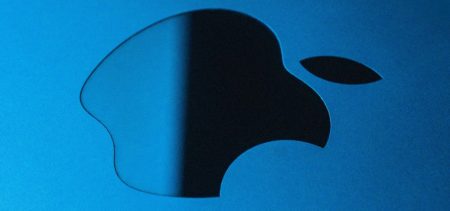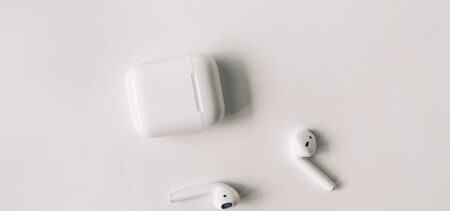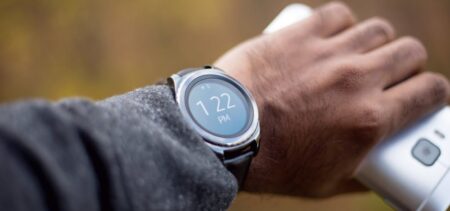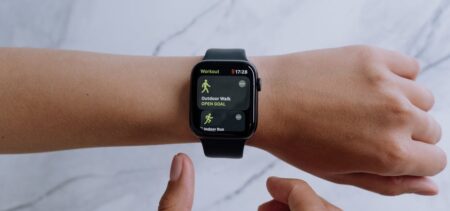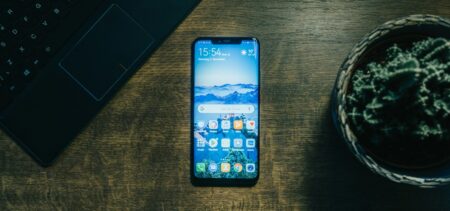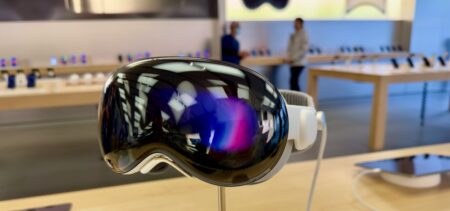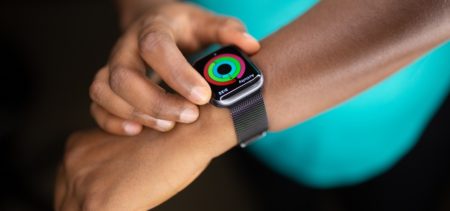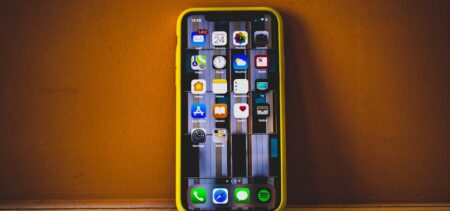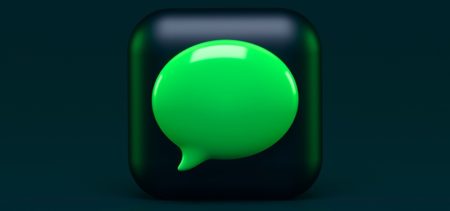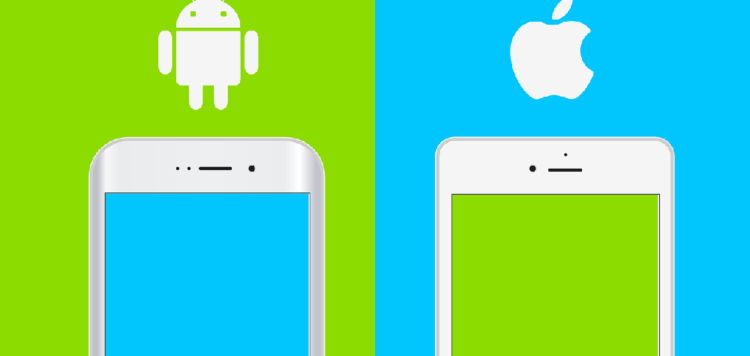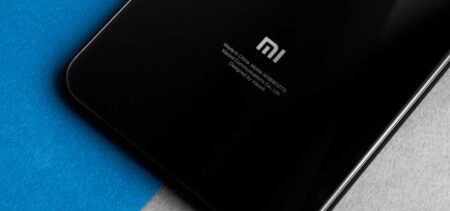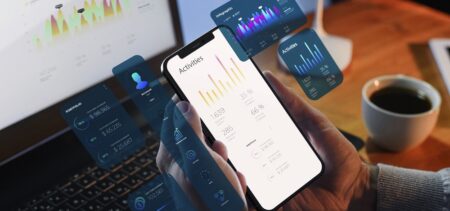The Samsung Galaxy S23 Ultra was a massive success among consumers and exceeded the tech giant’s sales expectations. Since the S23 series release, the Ultra model is responsible for 60% of the sales in the US. However, while the S23 Ultra is an impressive device, leveraging the latest mobile technology in its display, camera, and CPU performance, there are competitive alternatives.
This review will explore the specifications of the Galaxy S23 Ultra and how it compares to the iPhone 14 Pro Max and Google Pixel 7 Pro.
Samsung Galaxy S23 Ultra
The Samsung Galaxy S23 Ultra is the most advanced smartphone in Samsung’s S series, and leverages class-leading technology. Not only does this device boast the best camera specifications available, but it also offers rapid refresh rates, extended battery life, and quick charging. As a result, this range of phones has significantly raised the standard for competitors, such as Apple and Google.
Here is a detailed overview of the specifications of the Galaxy S23 Ultra. We will evaluate the display, storage, camera, battery and charging, processor and RAM, and durability.
Display
The Samsung S23 Ultra has a 6.8” screen with AMOLED display technology, with refresh rates that are 2 times faster than OLED displays. Another impressive aspect of these screens is 1440 × 3088 resolution, equating to 500 pixels per inch.
Additionally, AMOLED technology uses reduced blue light wavelengths, providing increased eye comfortable for the user. Reduced power consumption is another benefit of this display—the screen automatically switches off immediately when the phone is idle.
Storage
Maintaining its minimalist design, the Samsung S23 Ultra has no memory card slot but offers the following memory and internal storage options:
- 12 GB memory, 1 TB internal storage
- 12 GB memory, 512 GB internal storage
- 12 GB memory, 256 GB internal storage
- 8 GB memory, 256 GB internal storage
Camera
The Samsung S23 Ultra’s front camera is one of the best on the market. This smartphone offers Dual Pixel PDAF for optimized autofocus with 12 million pixels and an f/2.2, 26 mm wide lens. These solutions enable this smartphone to capture well-defined selfies with a cool undertone compared to the iPhone 14 Pro Max’s slightly warmer photos.
The rear camera is just as impressive, comprising four lenses. Cameras 3 and 4 share the same pixel size of 1.12μm, while cameras 1 and 2 have lower pixel sizes but increased Field of view (FOVs). Overall, the Galaxy S23 Ultra’s camera technology is exceptional. Users can rely on detailed, realistic images from the three rear lenses and the selfie camera.
Battery and Charging
With a 5,000mAh capacity, the Galaxy Ultra’s battery can sustain for 12 hours and 22 minutes, which places its longevity second to the iPhone 14 Pro Max. Users can also benefit from Fast Wireless Charging 2.0, which takes 1 hour and 21 minutes to charge with a wired port, and 2 and 18 minutes wirelessly.
Processor and RAM
The S23 Ultra has 256 GB of RAM and a Qualcomm Snapdragon 8 Gen 2 processor for improved camera processing, 5G connectivity, and ray tracing in games.
Durability
While the Samsung S23 Ultra is quite heavy and big, it has outstanding durability, with an Ingress Protection (IP) rating of 68, which is the highest score for solid ingress (6) and water ingress (8), respectively. In other words, users can submerge this smartphone in 1.5 meters of water for 30 minutes.
Pricing
Based on Samsung’s current prices, here is how much the Galaxy S23 Ultra costs based on its various storage options.
- 256 GB for $1199.99
- 512 GB for $1379.99
- 1 TB for $1619.99
Samsung also offers insurance for their devices, ranging between $5.50 to $13 per month, or between $149 and $249 annually. In addition, customers can apply to pay for this device in $50 installments for 24 months, or $300 installments every 2 weeks.
Pros
- Samsung leveraged recycled materials in its production, design, development, and packaging processes.
- The screen display has rapid refresh rates and the quality of the cameras is excellent, with 12 million pixels.
- Users can benefit from extended battery life and overall smooth usability.
Cons
- There are no improvements in fast charging compared to the S22 series.
- Users who like photos from an iPhone camera may find Samsung’s images not as warm and bright.
- This phone is heavy and sizeable’.
iPhone 14 Pro Max
The iPhone 14 Pro Max accounted for 28% of all iPhone sales in the US during the fourth quarter of 2022. To understand why this smartphone gained so much traction, here is a detailed review of the display, storage, camera, battery, processor and RAM, durability, and pros and cons.
Display
The iPhone 14 Pro Max display has a 2796 × 1290 resolution, slightly lower than the Galaxy S23 Ultra. In addition, the screen is 6.7 inches, and the Super Retina XDR display uses OLED technology, yet, Samsung’s AMOLED offers better performance and resolution.
Storage
Like the Galaxy S23 Ultra, the iPhone 14 Pro Max boasts a range of storage options. With a base memory of 6 GB, users can choose from the following internal capacities:
- 128 GB
- 256 GB
- 512 GB
- 1 TB
There is also no microSD slot available for this device, and the RAM is much smaller than Samsung’s.
Camera
The iPhone 14 Pro Max front camera technology has a smaller aperture, at f/1.9, enabling brighter photos with the signature warm undertone. In addition, while the S23 Ultra has a wider front camera lens, the 14 Pro Max offers a depth sensor, producing high-quality, detailed portraits.
In contrast to the front cameras, the Galaxy Ultra’s rear camera is supreme over the iPhone 14 Pro Max. First, the iPhone’s 3 rear lenses offer 48 million pixels, while the Galaxy has 4 lenses and 200 million pixels. Furthermore, Samsung provides a smaller aperture for improved photos when the user is zooming in or out, while both phones have two telephoto lenses, which produce detailed portraits and close-up images.
Battery
The iPhone 14 Pro Max has a smaller battery capacity than the S23 Ultra, at 4323 mAh. However, this battery has increased longevity, at 13 hours and 39 minutes. And while this smartphone offers Fast Charging too, it takes around 2 hours and 18 minutes to reach 100%.
Processor and RAM
The iPhone 14 Pro Max relies on Apple’s A16 Bionic CPU, a competitive match to Samsung’s Snapdragon 8 Gen 2. As confirmed by NanoReview, the A16 Bionic provides better performance, is much faster, has an improved battery life, and is ultimately the top choice based on user experience.
Durability
Like the S23 Ultra, the iPhone 14 Pro Max has an IP 68 rating, offering maximum resistance to dust and water (by industry standards).
Pricing:
The iPhone 14 Pro Max is slightly less expensive than the Samsung S23 Ultra. According to the most recent prices on Apple’s website, these are the pricing options:
- 128 GB for $1099
- 256 GB for $1199
- 512 GB for $1399
- 1 TB for $1599
Similar to Samsung, the iPhone 14 Pro Max allows customers to pay monthly installments ranging from $45.79 to $66.62 for 24 months.
Pros
- The A16 Bionic chip is impressive technology and delivers rapid performance.
- The battery life, durability, and performance are class-leading.
- This smartphone offers phenomenal display technology and camera quality.
Cons
- The telephoto camera may not perform the best without bright light.
- The battery life decreases drastically when the screen brightness is high.
- Some users may prefer having a SIM card slot.
Google Pixel 7 Pro
Although Google’s Pixel 7 Pro may not have the same recognition as Samsung and iPhone, this is Google’s best-selling smartphone. In addition, the Pixel 7 Pro is also much more affordable compared to the S23 Ultra and iPhone 14 Pro Max, and it offers competitive features. These include impressive display refresh rates, various internal storage choices, and a front camera much like Samsung’s. Here is a review of the Pixel 7 Pros display, storage, camera, battery, processor and RAM, durability, and pros and cons.
Display
Google’s Pixel 7 Pro has the same display technology as the S23 Ultra—both offer refresh rates of 120Hz at maximum, but, the former has a slightly better resolution at 1440 × 3120 pixels. As they share AMOLED display technology, Google’s Pixel 7 Pro too reduces blue light wavelength for eye comfort and automatically turns off when not in use.
However, Google has not yet achieved secure face technology, so while users can use this option to unlock their phones, they cannot perform any other activities. While this disadvantage may not concern many shoppers, Google has not attempted to develop secure facial recognition since failing on this front in the Pixel 4 series and has not indicated this will change in the near future.
Storage
Like the S23 Ultra and the iPhone 14 Pro Max, this smartphone does not offer a memory card slot. Users can choose from the following memory and storage options:
- 8 GB memory, 128 GB internal storage
- 8 GB memory, 256 GB internal storage
- 12 GB memory, 128 GB internal storage
- 12 GB memory, 256 GB internal storage
- 12 GB memory, 512 GB internal storage
Camera
The Pixel 7 Pro’s front camera is very similar to the S23 Ultra, yet, it has a smaller lens width and around 2 million fewer pixels. As a result, selfies on Samsung are much sharper and brighter than Google’s flagship phone.
The rear cameras have more pixels than the iPhone 14 Pro Max, at 50 MP, but they do not match up to Galaxy Ultra. While this camera lacks the depth or optic zoom functions of iPhone and Samsung, respectively, it has three lenses that produce great-quality photos.
Battery
The Pixel 7 Pro has a battery capacity of 5,000mAh battery and supports wireless charging. It takes around 1 hour and 30 minutes to reach 100%, and the battery lasts for 9 hours and 21 minutes.
Processor and RAM
Users can choose between options of 8 GB or 12 GB of RAM. In addition, this smartphone operates on a powerful second-generation Tensor CPU. While this CPU is not slow or inefficient, Samsung leverages improved technology in its processor, offering faster CPU and GPU performance. However, considering the cost of Pixel 7 Pro, these smartphones have highly impressive processors.
Durability
Like the S23 Ultra and the 14 Pro Max, the Pixel 7 Pro has an IP rating of 68.
Pricing
Google’s Pixel 7 Pro costs significantly less than its competitors, and based on Google’s current prices, these are the available options:
- 128 GB for $899
- 256 GB for $999
- 512 GB for $1099
Customers can pay for their devices over 24 installments, ranging between $37.46 to $45.70 every month. In addition, Google offers monthly insurance coverage for $9.99, or $199 for two years of coverage.
Pros
- Smooth user experience and an AMOLED display, with rapid refresh rates and slightly better resolution than the Samsung S23 Ultra.
- Attractive features at an affordable price, compared to its competitors.
- Considering Google’s Androids are relatively new and affordable, the battery life and camera are impressive.
Cons:
- There are not many significant improvements or differences in the design or display since the 6 series.
- Selfies do not come out sharp and defined.
- Google is yet to master face recognition technology. For now, users can only use this feature for their lock screens, as it is not secure enough for other activities (such as making digital payments).
In Closing
While Samsung’s S23 Ultra, Apple’s 14 Pro Max, and Google’s Pixel 7 Pro are exceptional quality phones with impressive technology, users should consider their priorities. Samsung undoubtedly offers the best camera and display performance, while iPhone has a phenomenal CPU and extended battery life. On the other hand, the Google Pixel 7 Pro is affordable while offering above-standard camera quality and a display almost identical to Samsung.
Overall, if users prioritize durability, affordability, and advanced performance, the Pixel 7 Pro is a competitive choice. However, if they are willing to pay significantly more for unmatched camera quality and GPU performance, Samsung or iPhone would be the best options.


